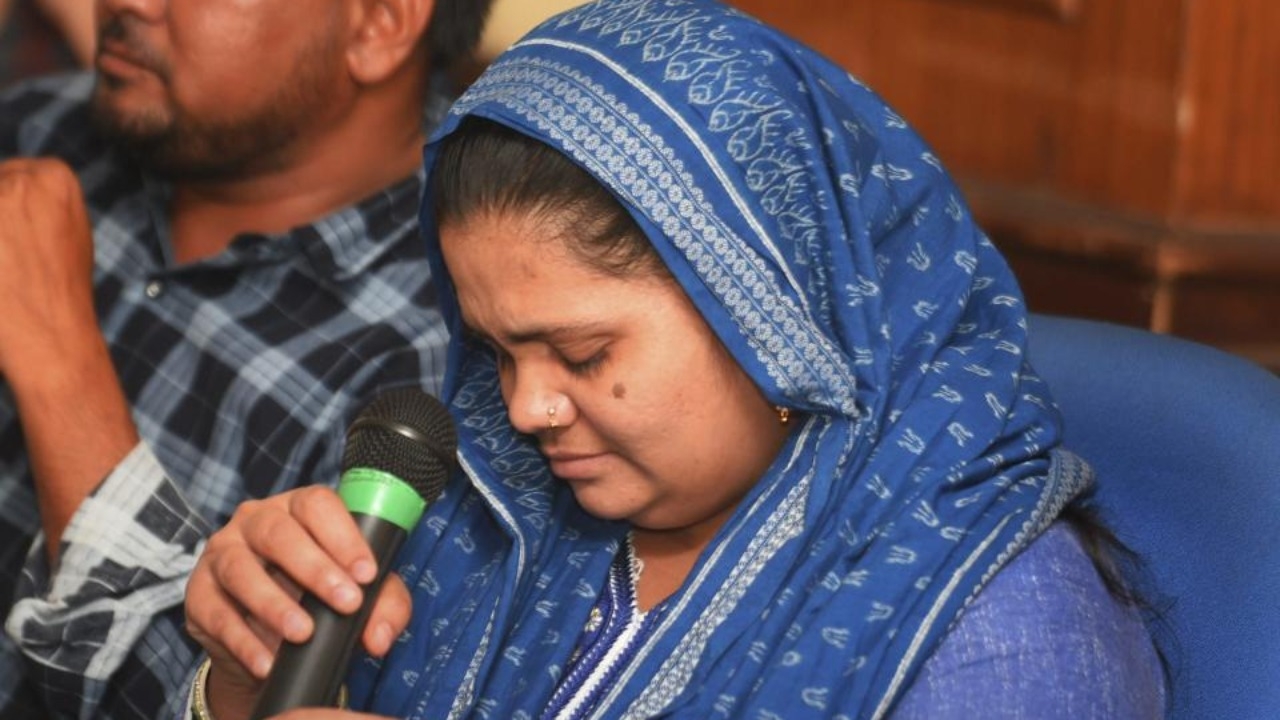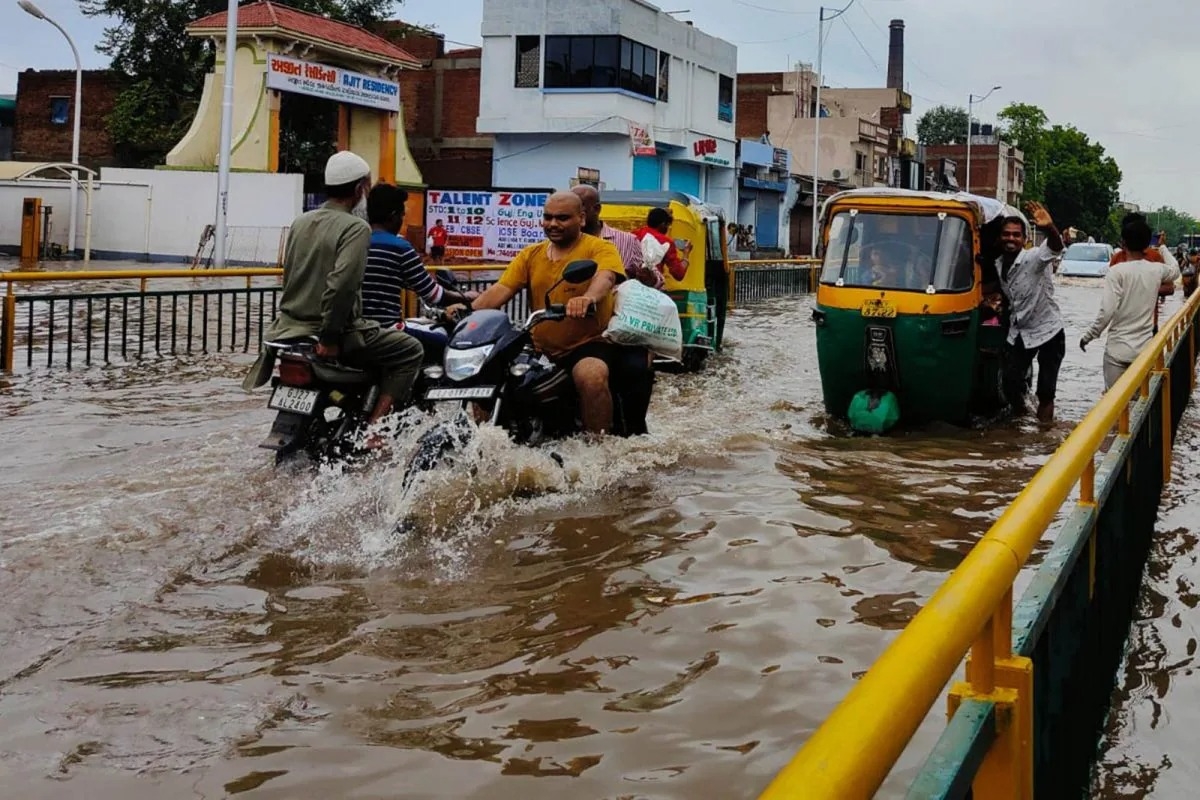AIIMS has released new guidelines for detection and care for cases of black fungus or mucormycosis that has claimed the lives of several Covid patients across the country. The AIIMS Covid ward has also said that those with uncontrolled diabetes, patients who are on high doses of steroid are at high risk of catching the black fungus infection.
Amidst the increasing crisis, some guidelines have been released by AIIMS on Wednesday night, which can help in the early detection and treatment of black fungus. The guidelines have been laid out for its covid ward.
Which patients have the highest risk?
1. Patients with uncontrolled diabetes, diabetic ketoacidosis, and diabetics on steroids or tocilizumab
2. Patients on immune-suppressants or anti-cancer treatment, and patients with chronic debilitating illness
3. Patients on high dose steroids and or long duration of steroids or tocilizumab
4. Severe Covid cases
5. Patients on oxygen support – nasal springs, by mask, or on a ventilator.
How to detect black fungus infection?
Those caring for Covid recovered patients should look out for the danger signs. Watch out for:
1. Abnormal black discharge or crust or blood from the nose.
2. Nasal blockage, headache or eye pain, swelling around the eyes, double vision, redness of eye, loss of vision, difficulty in closing eye, inability to open the eye, prominence of the eye.
3. Facial numbness or tingling sensation.
4. Difficulty in chewing or opening mouth.
5. Regular self-examination: Full face examination in daylight, for facial swelling (especially nose, cheek, around the eye) or black discolouration, hardening, and pain on touch.
6. Loosening of teeth. Black areas and swelling inside the mouth, palate, teeth or nose (oral and nasal examination using torchlight, as far as possible you can see).
What can be done?
The AIIMS has issued a set of guidelines in case of detection of black fungus in a patient. These are:
1. Immediate consultation with an ENT doctor, ophthalmologist, or the doctor who is treating the patient in case of any abnormal findings
2. Regular treatment and follow-up. Strict control and monitoring of blood sugar in diabetics
3. Regular medications and follow-up for other comorbidities
4. No self-medication with steroids or antibiotics or antifungal drugs
5. MRI or CT scan with contrast - paranasal sinuses and orbit, if needed, on doctor’s advice.
AIIMS has released new guidelines for detection and care for cases of black fungus or mucormycosis that has claimed the lives of several Covid patients across the country. The AIIMS Covid ward has also said that those with uncontrolled diabetes, patients who are on high doses of steroid are at high risk of catching the black fungus infection.
Amidst the increasing crisis, some guidelines have been released by AIIMS on Wednesday night, which can help in the early detection and treatment of black fungus. The guidelines have been laid out for its covid ward.
Which patients have the highest risk?
1. Patients with uncontrolled diabetes, diabetic ketoacidosis, and diabetics on steroids or tocilizumab
2. Patients on immune-suppressants or anti-cancer treatment, and patients with chronic debilitating illness
3. Patients on high dose steroids and or long duration of steroids or tocilizumab
4. Severe Covid cases
5. Patients on oxygen support – nasal springs, by mask, or on a ventilator.
How to detect black fungus infection?
Those caring for Covid recovered patients should look out for the danger signs. Watch out for:
1. Abnormal black discharge or crust or blood from the nose.
2. Nasal blockage, headache or eye pain, swelling around the eyes, double vision, redness of eye, loss of vision, difficulty in closing eye, inability to open the eye, prominence of the eye.
3. Facial numbness or tingling sensation.
4. Difficulty in chewing or opening mouth.
5. Regular self-examination: Full face examination in daylight, for facial swelling (especially nose, cheek, around the eye) or black discolouration, hardening, and pain on touch.
6. Loosening of teeth. Black areas and swelling inside the mouth, palate, teeth or nose (oral and nasal examination using torchlight, as far as possible you can see).
What can be done?
The AIIMS has issued a set of guidelines in case of detection of black fungus in a patient. These are:
1. Immediate consultation with an ENT doctor, ophthalmologist, or the doctor who is treating the patient in case of any abnormal findings
2. Regular treatment and follow-up. Strict control and monitoring of blood sugar in diabetics
3. Regular medications and follow-up for other comorbidities
4. No self-medication with steroids or antibiotics or antifungal drugs
5. MRI or CT scan with contrast - paranasal sinuses and orbit, if needed, on doctor’s advice.








45.jpeg)

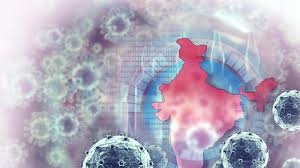
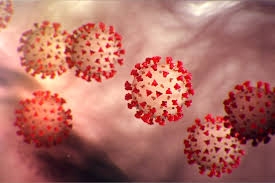
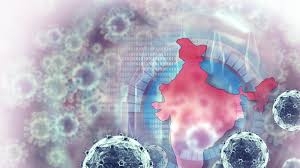
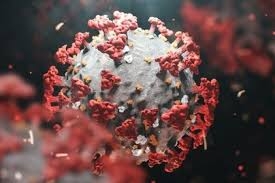
139.jpeg)
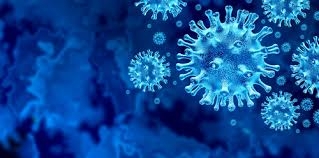
260.jpeg)
259.jpeg)
258.jpeg)




